The question in this feature’s headline may seem a little silly. ‘Isn’t cash the bloody point?!’, you’re probably thinking. And sure, the six-figure sum offered by most major fashion prizes is, of course, a pretty major draw for most designers who take part in them. In an industry that is as vast and goddamn complex to navigate as fashion, though, a couple hundred grand is a sum that, if you make the wrong moves, can disappear as quickly as it was won.
A prize that seeks to give its participants more than an easily squandered lump sum is the International Woolmark Prize. First established in 1954, it has championed the early careers of some of the most defining fashion talents we’ve seen in the almost seven decades since. More importantly, though, it has done so not just by giving them a cash boost, but by actively investing in the longevity of their futures, placing values of sustainability, education and innovation at its core.
On the surface, the IWP has all the trappings of any other major fashion prize. The winners of the grand prize and the Karl Lagerfeld Award for Innovation take home a cool $200k AUD and $100k AUD respectively, and there’s also the ritzy presentation you’d expect of such a prestigious platform. In the absence of the usual runway show, this year, the IWP has tapped Solange’s creative agency, Saint Heron, to create “Passage”, a short film directed by Wu Tsang, styled by Ib Kamara, and starring an ensemble cast including Dominique Jackson and Dionne Warwick.
Where it differs, though, is in the treatment of its finalists in the run-up to the final giveaway. While typically, fashion prize participants only gain access to financial support and mentorship once they win, in the case of the IWP, all six of its finalists are offered $60,000 AUD towards the research and development of a six-piece merino wool capsule, which is then presented as part of their Autumn/Winter collections. They also receive a six-month mentorship and development programme, with indispensable advice and information imparted by industry leaders including Kim Jones, Edward Enninful and Sinéad Burke.
In a fashion prize landscape that focuses so much on immediate cash injections, the IWP offers something that many designers would deem far more valuable: the knowledge to build their practices with the future in mind. Here, the designers behind Thebe Magugu, Matty Bovan, Kenneth Ize, Lecavalier, Bethany Williams and Casablanca discuss the things they’ve taken from the IWP that go beyond the coin, and offer their advice for future applicants.
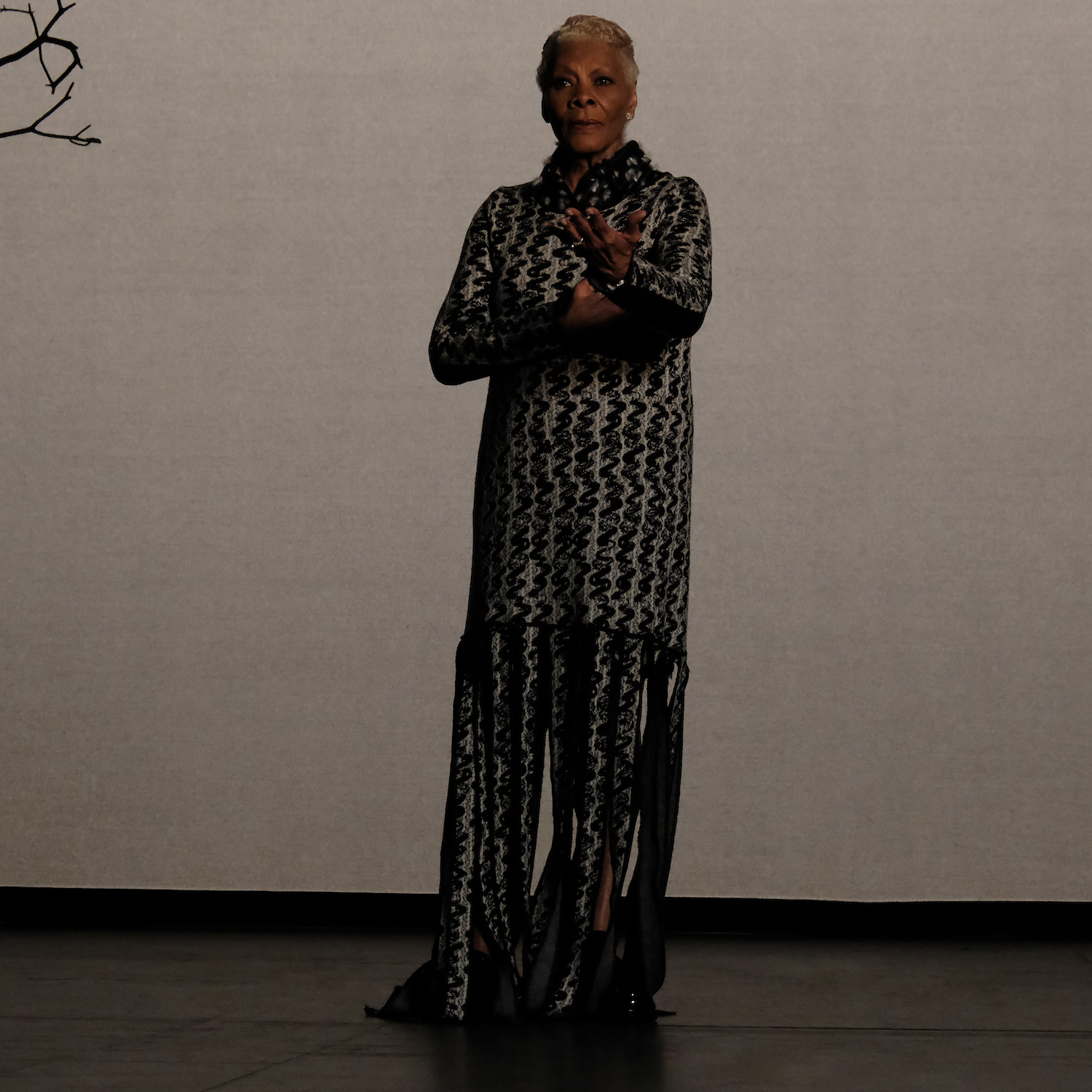
Thebe Magugu
How has your experience of the IWP differed from your experience of other prizes you’ve been part of? I’ve learned to be conscious of how my brand affects everything outside of itself. It has taught me so much about fashion’s role in carving out a better society and future, and has made me implement changes into my business model and philosophy as a designer. Has being part of the IWP allowed you to develop your work in ways that you wouldn’t have been able to on your own? One of my biggest issues with operating a luxury brand from Johannesburg was access to sustainable fabrications. Working with the IWP, not only have I gained access to traceable fabrics but I have also gained access to local mills that have since produced fabrications for me. We have merged the traditional and the modern to create certain developments — like coating yarns in an anti-viral solution especially tested to be Covid proof. Tell us about your capsule.
African Spirituality — which is exceptional in its plurality — is primarily based on the relationship we have with our ancestors. Any disruption between this line results in existential thoughts, and sometimes serious illness. This season, I wanted to have a conversation with traditional healers — people who have been given powers to answer our most burning questions, and who act as a conduit between various realms, often by using objects of divination. It’s a very particular kind of strength, one that doesn’t show off and relies heavily on the natural. One of the collection’s primary collaborators, Noentla Khumalo, is a Johannesburg-based stylist and traditional healer, who uses the medium of bones to communicate. For the collection’s headlining print, Noentla threw objects she uses to divine — goat knuckles, an old police whistle, a pencil sharpener, sea shells, and red dice cubes — onto a mat, which I photographed, abstracted, and printed onto key styles. The collection’s silhouettes merge local traditional wardrobe staples like draping and wrapping with complex, sharp tailoring. It also celebrates craft from revered textile and print makers all over the world, including Japan and the Netherlands. In South Africa, eco- printmaker Larisa Don created botanical transfers by pounding cannabis and imphepho (the plant traditional healers burn to communicate with the ancestors) onto merino wool. What advice would you give to designers considering applying to the IWP or other prizes in the future? I think the biggest block to entry for emerging designers is access to mentorship. I made terrible decisions at the beginning of my career because I didn’t have access to people who could advise me better, and prizes that have a mentorship component are invaluable for that. I also think visibility is the most critical thing for any designer and prizes allot quite a bit of publicity and media to them.
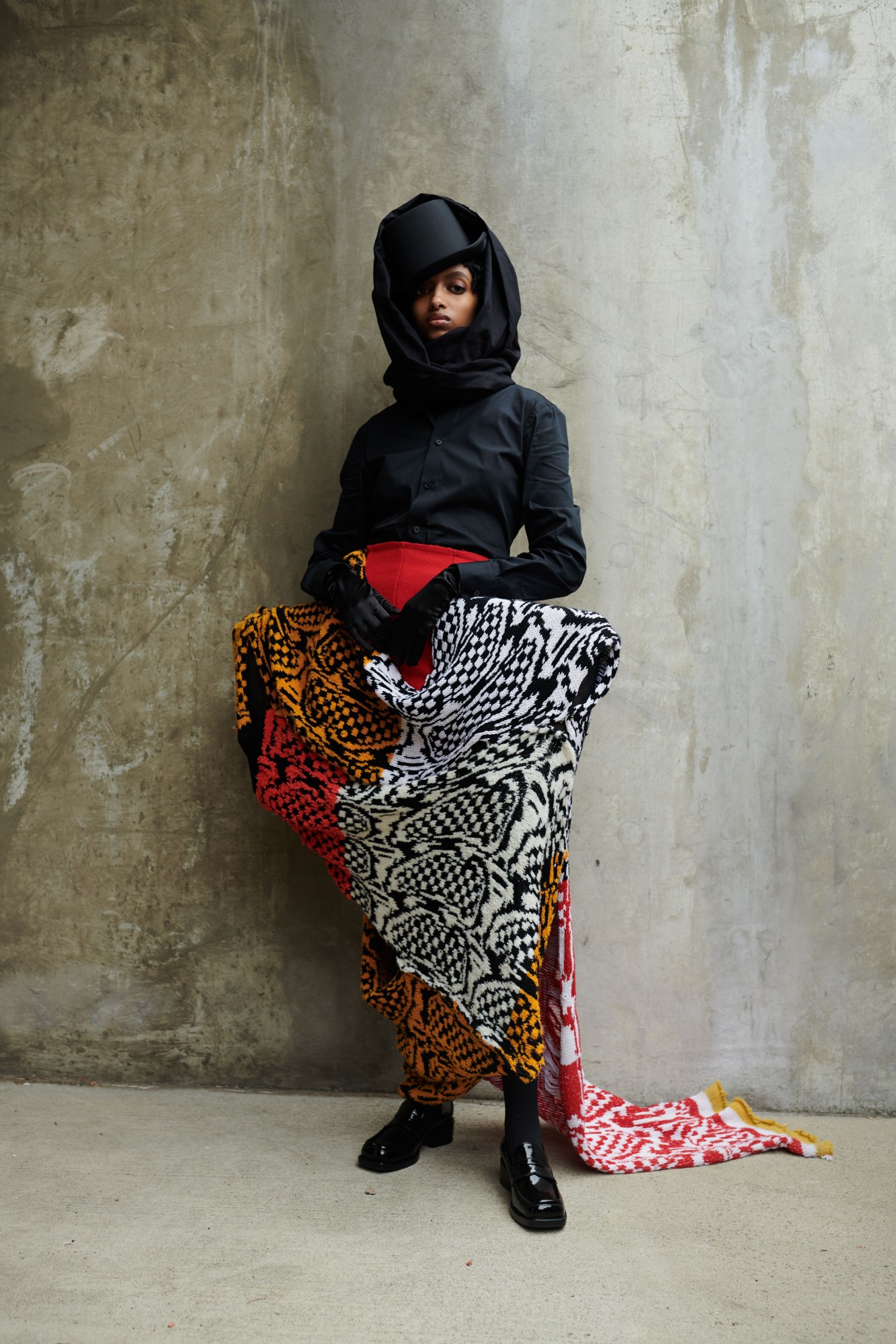
Matty Bovan
How has your experience of the IWP differed from your experience of other prizes you’ve been part of? I’ve really enjoyed every aspect of the support we’ve had throughout the IWP, from the online seminars to the educational aspect. I’ve also enjoyed showcasing the incredible benefits to working with merino. Experimentation is key to my work, and I’ve loved pushing the concept of what people expect wool to be. Has the IWP allowed you to develop your work in ways that you wouldn’t have been able to on your own? It’s helped me connect on so many levels — with suppliers, with manufacturers, with people on my doorstep I didn’t even know of previously, local artisans with such beautiful skills. It’s always been important to me to produce interesting textiles in my work, and I feel I’ve really pushed myself and my work: from hand-dying chunky merino yarns in my studio, to working with a traditional wool cloth mill in Yorkshire to produce a beautiful new jacquard fabric. Tell us about your capsule.
I’ve worked with the concept, and story, of characters lost at sea ultimately being rescued. I sourced yarns and fabrics using merino from Italy and the UK, alongside producing my own fabrics in-house by hand and on a domestic knitting machine. I bought deadstock roll ends from AW Hainsworth from Yorkshire, and then screenprinted them in my studio. What are the most valuable things that you’ve learned through the process? I have learned more about the benefits and uses of merino, I feel we have all created something beautiful that will last and is functional to wear. The way I see it, my work is about creating future heirlooms – things that people will hand down. What advice would you give to designers considering applying to the IWP or other prizes in the future? Be open to what people can help you with, and listen to everything you can. Talk to the people involved, ask questions, and stick to your own vision while being flexible to the journey.
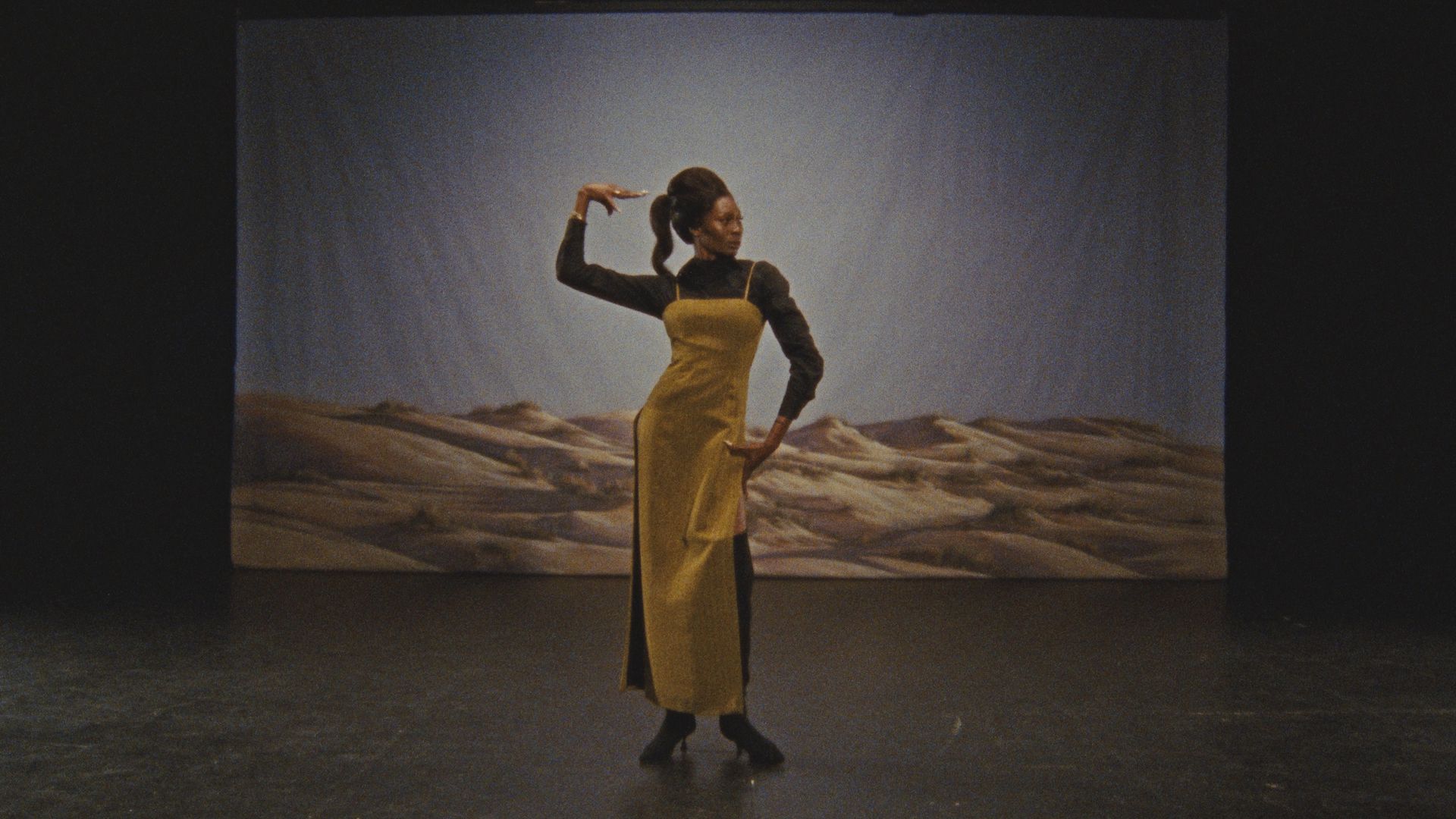
Kenneth Ize
How has your experience of the IWP differed from your experience of other prizes you’ve been part of? I think it creates more knowledge in the supply chain area and also more knowledge in understanding the greater number of textiles that there are available to work with. Has the IWP allowed you to develop your work in ways that you wouldn’t have been able to on your own? Yes! This is the first time that we’ve woven a fabric with wool yarn. It was really exciting, we got to experiment with our new loom, with different yarn densities, while creating a product that still feels very light. What are the most valuable things that you’ve learned through the process? An awareness of the varieties of the supply chain they have, and how to bring something that represents you and intertwine it with your work. What advice would you give to designers considering applying to the IWP or other prizes in the future? Always take a good opportunity!
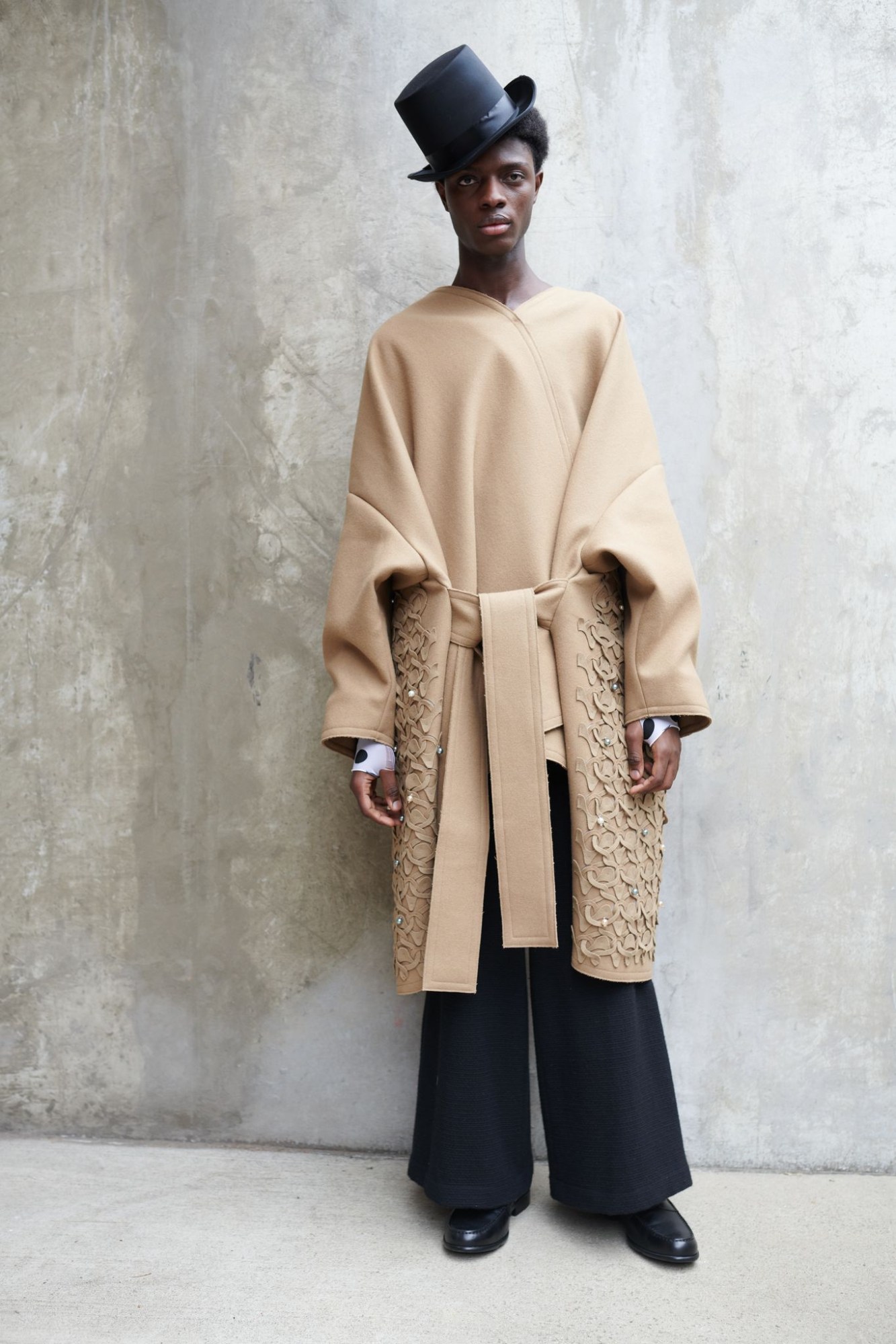
Lecavalier
How has your experience of the IWP differed from your experience of other prizes you’ve been part of? There’s been a huge sense of support throughout the entire process. From connecting us with key suppliers to the mentoring, it felt really like a nurturing experience. We’ve created great connections which we will keep for a long time after the competition, which is not something that happens all the time. It felt like our process, our creativity and our garments were treated as important every step of the way. Has the IWP allowed you to develop your work in ways that you wouldn’t have been able to on your own? Absolutely, it gave us a moment to really dig, take time to research and develop a new way of working with wool as we know it. It also positively impacted our supply chain — we strengthened relationships with suppliers that are really transparent, and we were able to produce several knits or textiles with a zero waste mentality. Tell us about your capsule. We’ve really pushed the boundaries of the textile but all in a minimal, graphic design. The goal was to create really strong, special pieces without being over the top, which is a fine balance that I always try to find in my designs — this perfect sense of harmony between extravagant and intriguing but still chic. What are the most valuable things that you’ve learned through the process? To always push boundaries when it comes to research and development in textiles. Everything is somehow doable, you just need to find the key suppliers and human beings that are going to believe in your designs and vision as much as you, but that are also open-minded enough to try new things and jump in there with you.
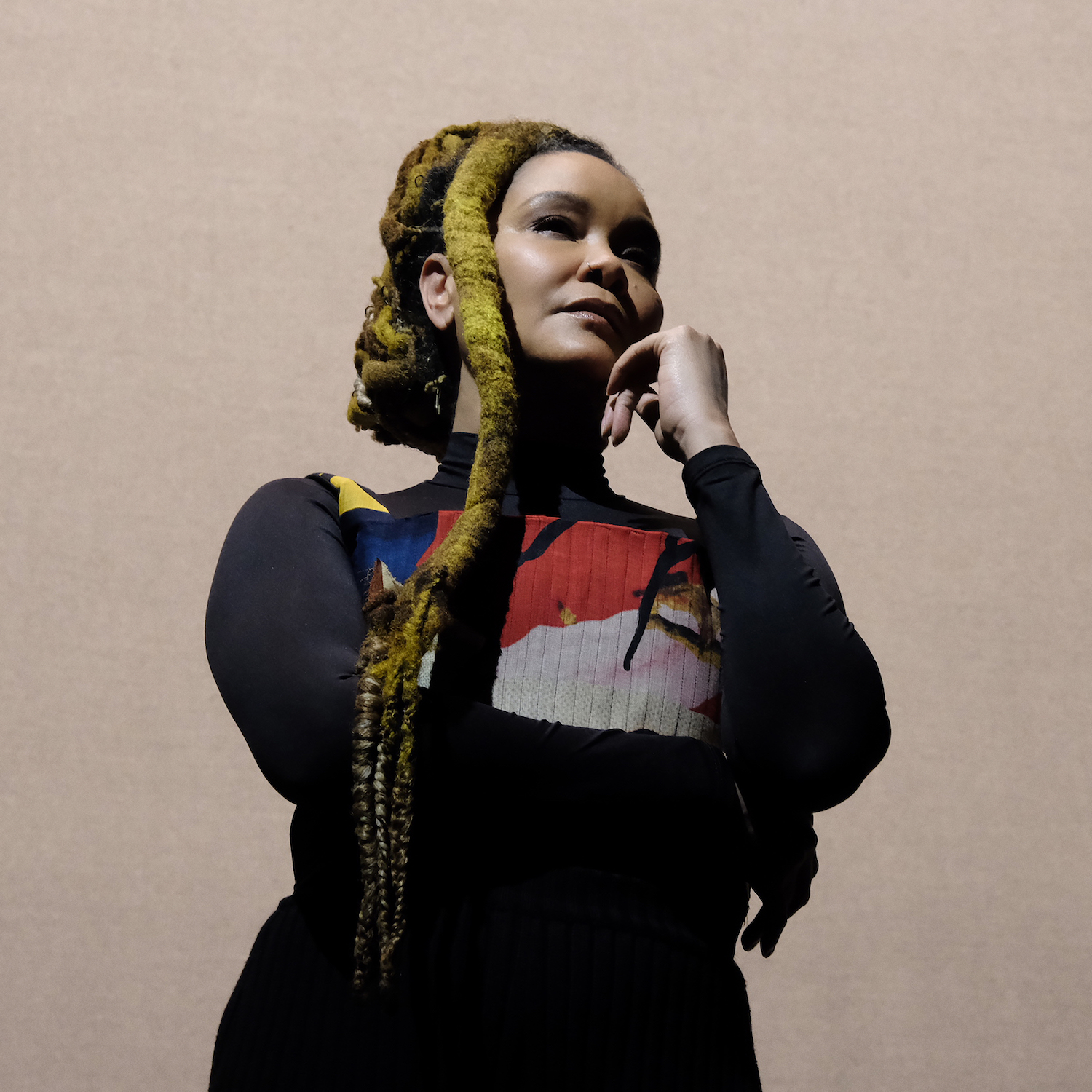
Bethany Williams
How has your experience of the IWP differed from your experience of other prizes you’ve been part of? It has been great to explore wool and develop strong relationship with suppliers and new social manufacturing partners through the process. Has the IWP allowed you to develop your work in ways that you wouldn’t have been able to on your own? It has been a very challenging year, so we’ve had to adapt accordingly through the prize. That said, we have been able to connect to more waste streams of yarn and materials. We’ve also been able to work closely with the project Mending for Good and a new social manufacturer Manusa. Tell us about your capsule. We’ve really tried to push the tailoring element of the collection, and worked with the V&A Museum of Childhood for our Research. We’ve also continued our collaborative relationships with The Magpie Project and artist Melissa Kitty Jarram. What are the most valuable things that you’ve learned through the process? We’ve been able to develop new relationships with social manufacturing partners and continue to support our existing network. It’s also been great to learn from the mentoring programme and expand our industry knowledge. What advice would you give to designers considering applying to the IWP or other prizes in the future? To really use the opportunity to develop their supply chain and relationship to wool.
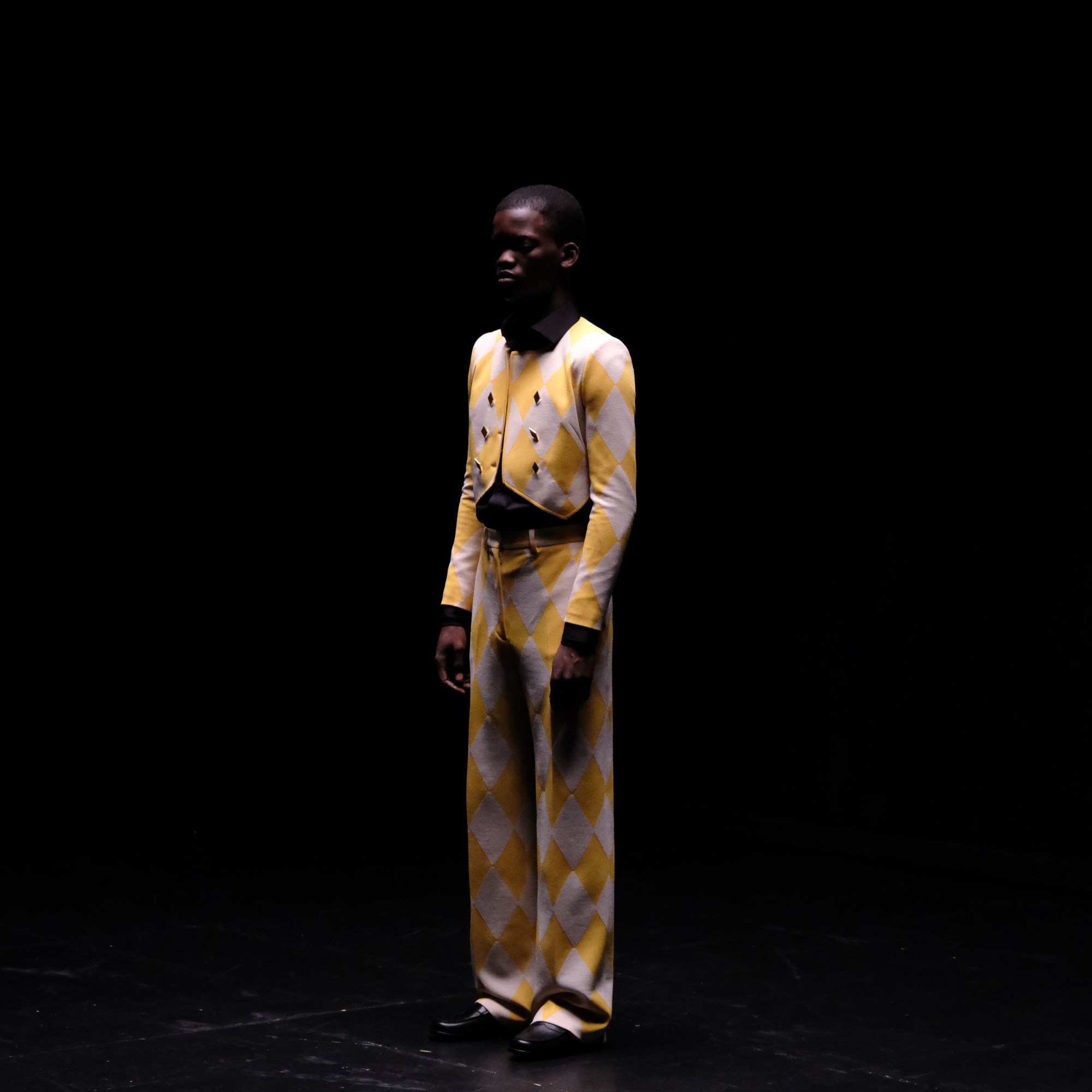
Casablanca
How has your experience of the IWP differed from your experience of other prizes you’ve been part of? What I liked is that through every step of the process they worked alongside us to help push us further. There is a great level of transparency at each stage of the design and production process, and the level of depth and understanding shown from them is a great testament to the IWP and the level of authenticity in their prize. One thing that sets the IWP apart is its mentorship and development programme. What does this look like in practice? The level of knowledge imparted to us from the IWP was astonishing. Their priority was always to educate and develop how we looked at and worked with wool as a fabric. What is great about the programme is the level of access to additional resources that can continue to help us push the boundaries, and that after the prize has been awarded there is still the opportunity to continue on with the program. Has the IWP allowed you to develop your work in ways that you wouldn’t have been able to on your own? It has highlighted the importance of pushing for transparency with our mills to ensure we are working in the right ways when it comes to sustainable practices. We know the right questions to ask and how we can implement our own level of transparency from the beginning of development to when the product enters the marketplace. Helping our customers to learn the important impact of sustainability and the quality of the garment is not only what it is made of, but how it is made.
Tell us about your capsule. AW21 was inspired by Monaco, and more specifically the allure and history of Formula 1 and the renowned casinos of Monte Carlo. The capsule consists of 6 looks, with racing inspired biker trousers crafted out of merino wool, with matching racer jumpers. A knit driver jumpsuit in our womenswear range, taking a traditional racing silhouette and adorning it with our laurel leaf embroidery. A Harlequin tailored jacket and trouser coupled with a rich evergreen coat trimmed with diamond knit panels, both inspired by the iconography of playing cards and gambling. Our 3D embroidered jumper, paying tribute to the Grand Prix racetrack and beauty of Monaco with a hand-embroidered artwork along the ocean. Lastly, our hero look is a printed wool jumper with hand embroidery to highlight the fine details of a royal King, racetrack, and stunning architecture of Monaco. We are most proud of how we took what the IWP had taught us and really pushed for innovation via our use of oil encapsulation. We wanted to take a risk, to blend Casablanca’s relationship with nature and the lessons we have learned with merino wool. Using this oil encapsulation process we imbued natural citrus fragrances from oranges and lemons which help give the wearer unique properties such as mental clarity and nourishing the skin. After a year when people have been asked to avoid intimacy, the microcapsules release their contents with friction and movement, so users get the benefits gradually over time, through touch, hugging and walking. This also helps with focus and mental clarity. What advice would you give to designers considering applying to the IWP or other prizes in the future? As a young brand, these prizes can help you beyond any money or accolades awarded. They can help educate you on integral processes, ones that will push you to test your boundaries, to take risks and elevate your work even further. It is important to have this confidence, to believe in yourself, and to continue to challenge yourself. The prizes help you do that. It is part of Casablanca’s mantra that success comes through positivity, if you believe in yourself and your team you can achieve great things.



